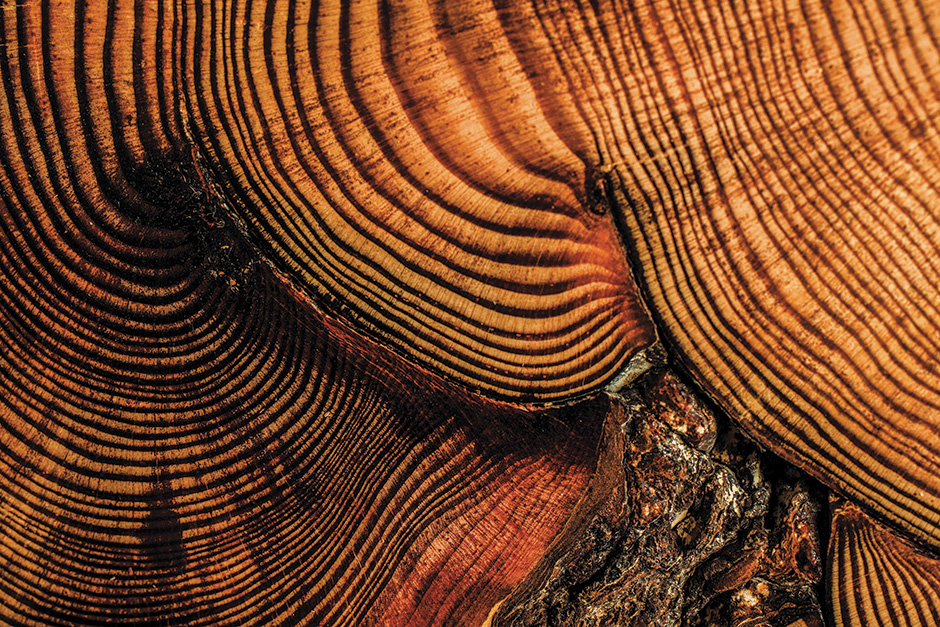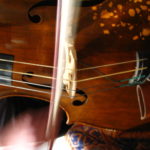Austrian media artist Bartholomäus Traubeck has custom-built a record player that is able to “play” cross-sectional slices of tree trunks. The result is his art piece “Years,” an audio recording of tree rings being read by a computer and turned into music, much like a record player’s needle reads the grooves on an LP.


This is an excerpt from Traubeck’s Years, featuring seven recordings from different Austrian trees including oak, maple, walnut, and beech. What you are hearing is an Ash tree’s year ring data. Every tree sounds unique due to varying characteristics of the rings, such as strength, thickness and rate of growth.
YEARS from Bartholomäus Traubeck.
Growth rings, also referred to as tree rings or annual rings, represent yearly growth in the vascular cambium layer near the bark. For the entire period of a tree’s life, a year-by-year record or ring pattern is formed that reflects the climatic conditions in which the tree grew. Adequate moisture and a long growing season result in a wide ring. A drought year may result in a very narrow one. Thus results the science of dendrochronology, or tree ring dating.
STORY: John Cage: Dreaming in Sustained Resonance
Traubeck: [The recording of a] fir tree [is] very minimalistic because it grows very fast and therefore it has big gaps in between the year rings. I have an algorithm that defines what kind of tree gets what kind of mixture of scales, and this is by the color of the tree and the overall texture of the wood and stuff like that. So, whenever you put a fir tree on, you will get C minor, usually- that’s a little dark sounding.
httpvh://youtu.be/ZYLaPVi_I2U
Bartholomäus Traubeck
Traubeck’s work translates the tree rings into the language of music, rather than them sounding intrinsically musical. His tree-ring player invention uses a PlayStation Eye Camera and a stepper motor attached to its control arm. It relays the data to a computer with a program called Ableton Live. The result is an incredible piano track, atonal yet mellifluous, like the rhythm of falling rain with wind, a beat of the natural order, an enchanted sound as if the tree sand out it’s resume into the beyond.
Sources













Pingback: Video Art: The Groovy Waves of Planed Wood | WilderUtopia.com
Pingback: Transformations: Stephen Scott’s Bowed Grand Piano, Plucked | WilderUtopia.com
Pingback: Creators of the Cool: Miles Davis and Gil Evans